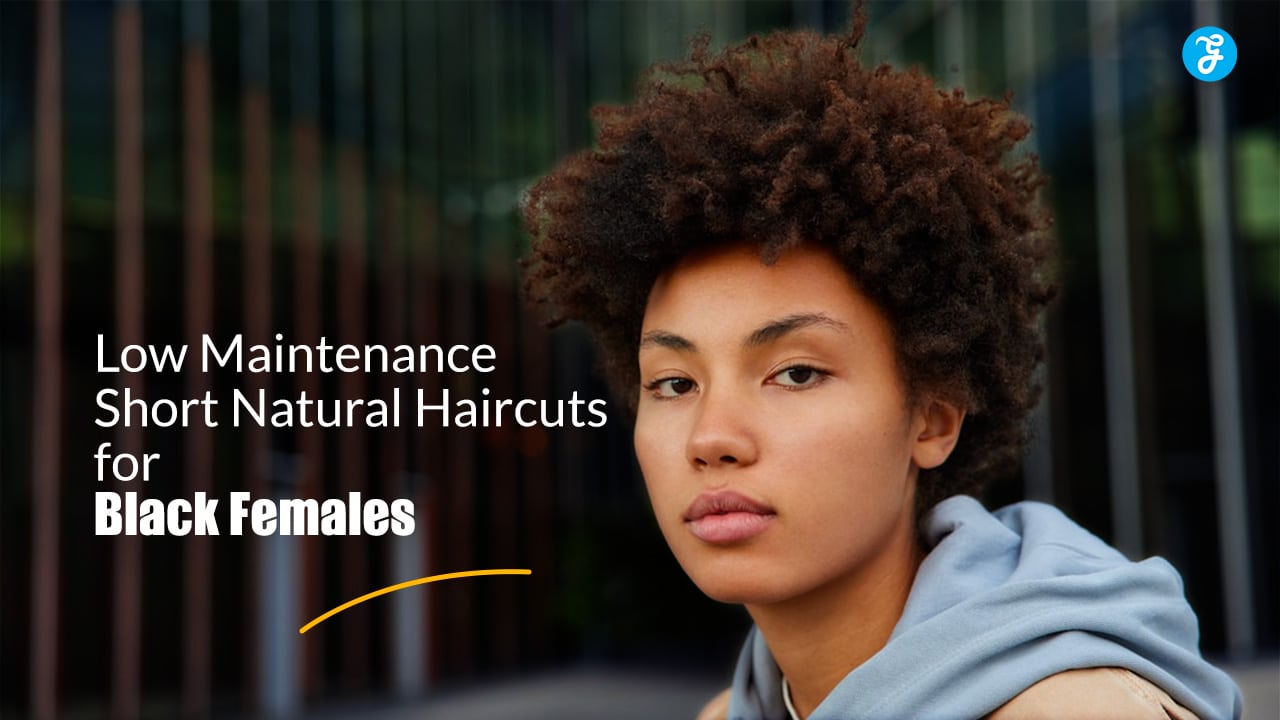Vaping has emerged as a popular alternative to traditional cigarettes, with millions of people worldwide embracing e-cigarettes as a potentially less harmful way to consume nicotine. One of the most significant factors contributing to the appeal of vaping is the wide variety of flavors available, from classic tobacco and menthol to more exotic options like fruit, candy, and dessert flavors. However, the role of flavor in vaping has become a topic of intense debate, with some arguing that flavored e-cigarettes are essential for helping adult smokers quit, while others claim that they contribute to the epidemic of youth vaping. In this article, we’ll explore the complex and often controversial role of flavor in vaping, examining why it matters and what’s at stake in the ongoing debate over flavored e-cigarettes.
The Appeal of Flavored E-Cigarettes
One of the primary reasons that flavored e-cigarettes have become so popular is that they offer a more enjoyable and customizable vaping experience compared to traditional cigarettes. While cigarettes are limited to tobacco and menthol flavors, e-cigarettes come in a seemingly endless variety of flavors, from classic options like tobacco and menthol to more creative and exotic flavors like mango, cotton candy, and cinnamon roll.
For many adult smokers, the availability of flavored e-cigarettes has been a key factor in their decision to switch to vaping. Studies have shown that flavored e-cigarettes are more effective than tobacco-flavored e-cigarettes at helping smokers quit traditional cigarettes. In one study, researchers found that smokers who used flavored e-cigarettes were more likely to quit smoking and remain smoke-free compared to those who used tobacco-flavored e-cigarettes.
The appeal of flavored e-cigarettes goes beyond just the taste, however. Many vapers report that the variety of flavors available helps them to customize their vaping experience and find a combination of flavors that works best for them. This level of customization can be particularly important for smokers who are trying to quit, as it allows them to gradually transition away from the taste of traditional cigarettes and towards a flavor profile that is more appealing to them.
The Controversy Over Flavored E-Cigarettes
Despite the potential benefits of flavored e-cigarettes for adult smokers, the use of flavors in vaping has become a topic of intense controversy in recent years. One of the primary concerns is that flavored e-cigarettes are particularly appealing to young people, who may be drawn to the sweet and fruity flavors that are often associated with candy and desserts.
Studies have shown that the use of e-cigarettes among young people has increased dramatically in recent years, with many experts pointing to the availability of flavored e-cigarettes as a key factor in this trend. In one study, researchers found that the majority of young people who use e-cigarettes started with a flavored product, and that flavored e-cigarettes were more likely to be used by young people than tobacco-flavored e-cigarettes.
The concerns over youth vaping have led to a number of regulatory efforts aimed at restricting the availability of flavored e-cigarettes. In the United States, for example, the Food and Drug Administration (FDA) has implemented a ban on the sale of flavored e-cigarette cartridges, with the exception of tobacco and menthol flavors. Several states and cities have also implemented their own restrictions on flavored e-cigarettes, with some going so far as to ban the sale of all flavored vaping products.
Proponents of these regulations argue that they are necessary to protect young people from the potential harms of e-cigarettes, including the risk of nicotine addiction and the potential long-term health effects of vaping. They point to the dramatic increase in youth vaping in recent years as evidence that flavored e-cigarettes are contributing to a new generation of nicotine users.
The Importance of Flavored E-Cigarettes for Adult Smokers
While the concerns over youth vaping are certainly valid, many experts argue that restricting the availability of flavored e-cigarettes could have unintended consequences for adult smokers who are trying to quit traditional cigarettes. As mentioned earlier, studies have shown that flavored e-cigarettes are more effective than tobacco-flavored e-cigarettes at helping smokers quit, and that the availability of a wide variety of flavors is an important factor in the appeal of vaping for many adult smokers.
Moreover, some experts argue that the focus on flavored e-cigarettes as a driver of youth vaping may be misplaced. While it is true that many young people who use e-cigarettes start with a flavored product, studies have shown that other factors, such as peer pressure and the perception that vaping is less harmful than smoking, also play a significant role in youth vaping.
In fact, some studies have suggested that restricting the availability of flavored e-cigarettes could actually lead to an increase in smoking rates among young people. In one study, researchers found that after the implementation of a ban on flavored e-cigarettes in San Francisco, the use of traditional cigarettes among young people increased, suggesting that some young people may have switched to smoking in the absence of flavored e-cigarettes.
Finding a Balance: Protecting Youth While Supporting Adult Smokers
Given the complex and often conflicting evidence surrounding the role of flavor in vaping, finding a balance between protecting young people from the potential harms of e-cigarettes and supporting adult smokers who are trying to quit traditional cigarettes is a challenging task. While there is certainly a need for regulations aimed at preventing youth vaping, it is important that these regulations are evidence-based and take into account the potential unintended consequences for adult smokers.
One potential approach is to implement age restrictions on the sale of flavored e-cigarettes, similar to the age restrictions that are already in place for traditional cigarettes. This could help to prevent young people from accessing flavored e-cigarettes while still allowing adult smokers to access these products as a tool for quitting smoking.
Another approach is to regulate the marketing and advertising of flavored e-cigarettes, particularly in ways that may be appealing to young people. This could include restrictions on the use of cartoon characters, bright colors, and other youth-oriented marketing tactics.
Ultimately, finding a balance between protecting youth and supporting adult smokers will require ongoing research and dialogue between policymakers, public health experts, and the vaping industry. While there are certainly risks associated with flavored e-cigarettes, particularly when it comes to youth vaping, it is important to recognize that these products also have the potential to help adult smokers quit traditional cigarettes and improve their overall health.
It is also worth noting that the vaping industry has taken steps to address the concerns over youth vaping, such as implementing age verification systems for online vape shops and supporting efforts to raise the minimum age for purchasing vaping products to 21. While these efforts are certainly not a panacea, they demonstrate a willingness on the part of the industry to work towards solutions that prioritize public health while still allowing adult smokers access to flavored e-cigarettes as a tool for quitting smoking.
Conclusion
The role of flavor in vaping is a complex and often controversial topic, with valid concerns on both sides of the debate. While there is certainly a need to protect young people from the potential harms of e-cigarettes, it is also important to recognize the potential benefits of flavored e-cigarettes for adult smokers who are trying to quit traditional cigarettes.
Ultimately, finding a balance between these competing priorities will require ongoing research, dialogue, and collaboration between policymakers, public health experts, and the vaping industry. By working together to develop evidence-based regulations that prioritize both youth prevention and adult smoking cessation, we can create a regulatory framework that supports public health while still allowing for innovation and consumer choice in the vaping industry.
As the debate over flavored e-cigarettes continues to evolve, it is important that we approach this issue with an open mind and a willingness to consider all of the available evidence. Only by engaging in a thoughtful and nuanced discussion can we hope to find solutions that protect public health while still supporting the millions of adult smokers who are looking for a less harmful alternative to traditional cigarettes.









































